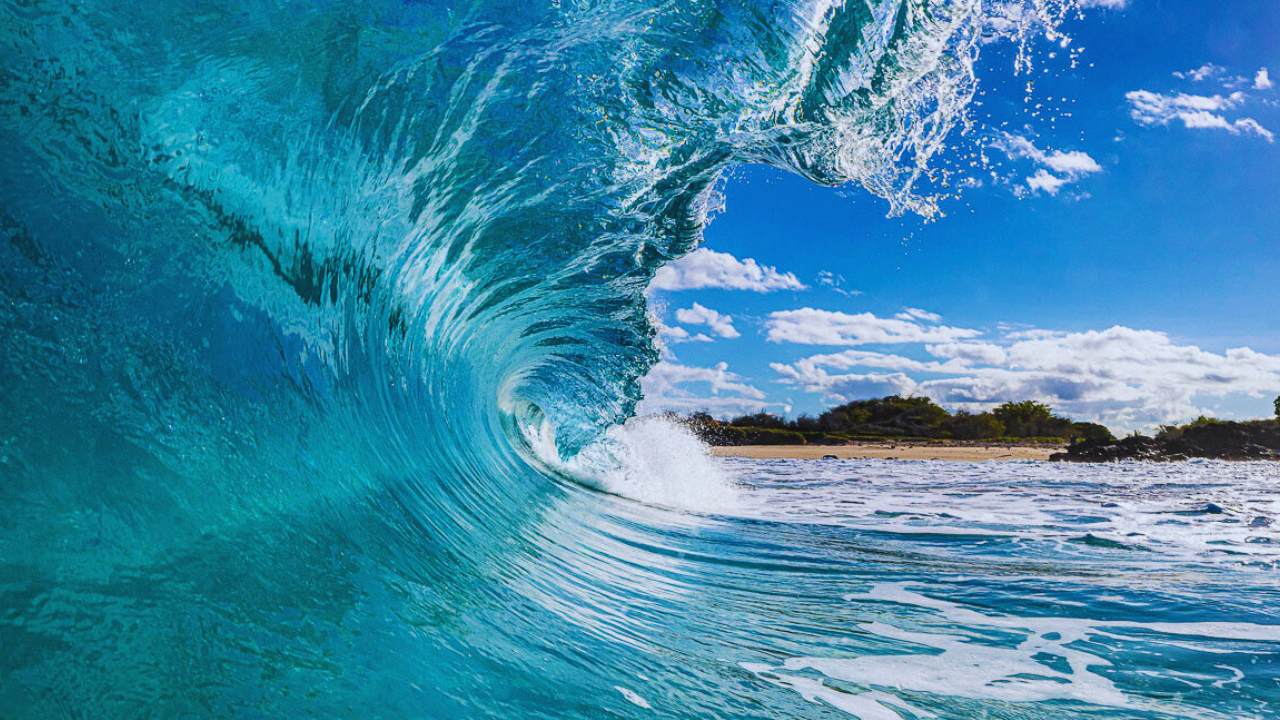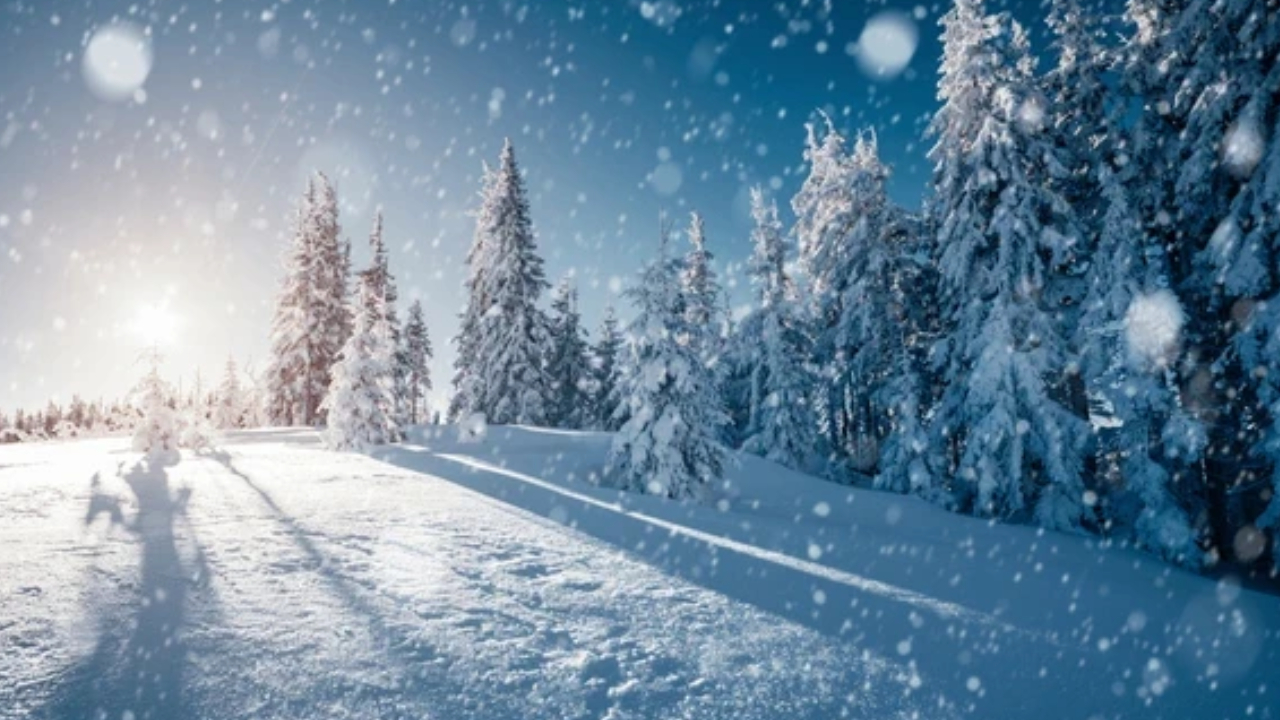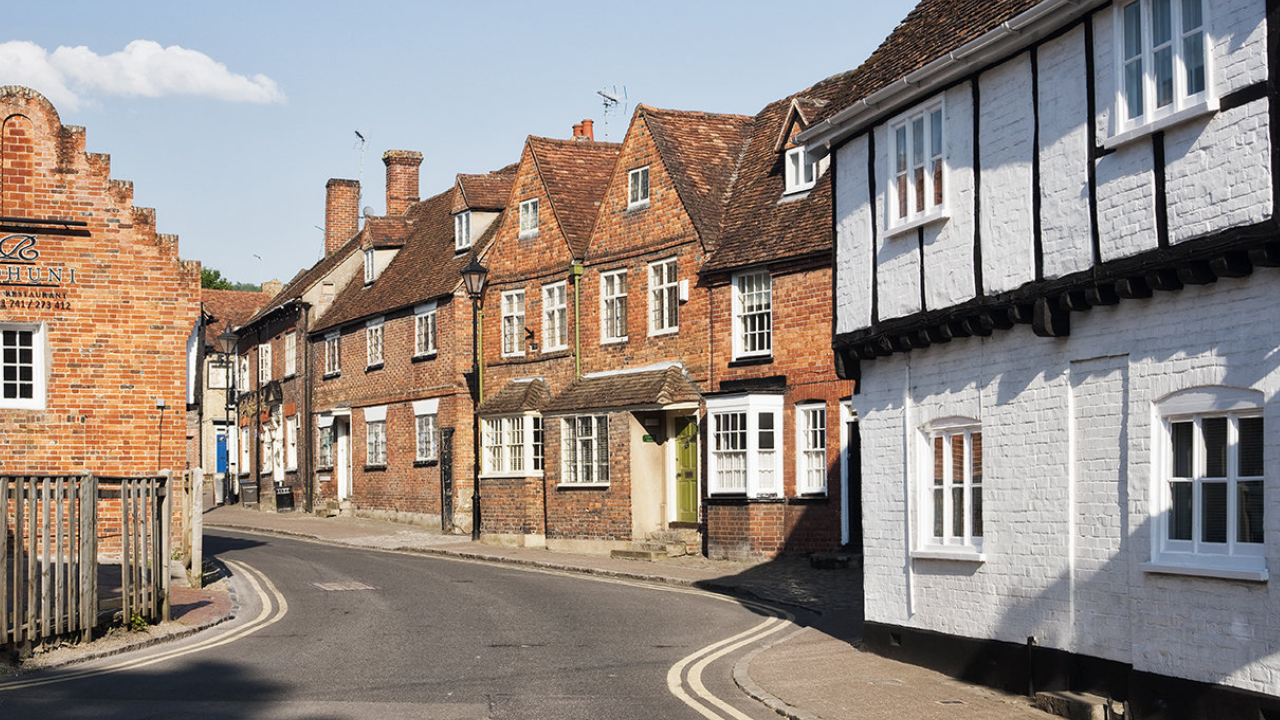Hawaii Travel Information. Nestled in the heart of the Pacific Ocean, Hawaii stands as one of the world’s top travel destinations, offering an unparalleled blend of natural beauty, vibrant culture, and diverse activities. This captivating archipelago consists of eight main islands, each with its own unique charm and attractions. From the lush greenery of Kauai, often referred to as the “Garden Isle,” to the bustling shores of Oahu, home to the famous Waikiki Beach, Hawaii presents a rich tapestry of experiences that cater to every traveler’s desire.
Hawaii’s culture is a vibrant mosaic shaped by indigenous Hawaiian traditions and a melting pot of influences from Asia and mainland America. Visitors are often enchanted by the spirit of “Aloha,” a term that encompasses love, peace, and compassion, which is deeply embedded in the way of life here. Traditional Hawaiian music and dance, including the enthralling hula, offer a glimpse into the islands’ rich heritage, while local festivals and luaus provide an immersive cultural experience.
The natural landscapes of Hawaii are nothing short of breathtaking. Towering volcanic mountains, pristine beaches with crystal-clear waters, and verdant rainforests create a stunning backdrop for adventure and relaxation alike. Activities abound, from surfing the iconic waves of the North Shore to hiking the rugged trails of the Na Pali Coast. For those with a penchant for underwater exploration, the coral reefs around the islands teem with marine life, offering spectacular snorkeling and diving opportunities.
Key attractions draw visitors year-round, including the majestic Haleakalā National Park on Maui, where sunrise vistas are a must-see, and the awe-inspiring Volcanoes National Park on the Big Island, showcasing the raw power of Earth’s volcanic activity. The historic Pearl Harbor on Oahu offers a poignant dive into World War II history, while the scenic Road to Hana provides a journey through picturesque landscapes rich in waterfalls and panoramic views.
In essence, Hawaii is a destination where every corner unfolds a new wonder, making it an evergreen locale for travelers seeking both adventure and tranquility in an extraordinary natural setting.
Best Time to Visit Hawaii
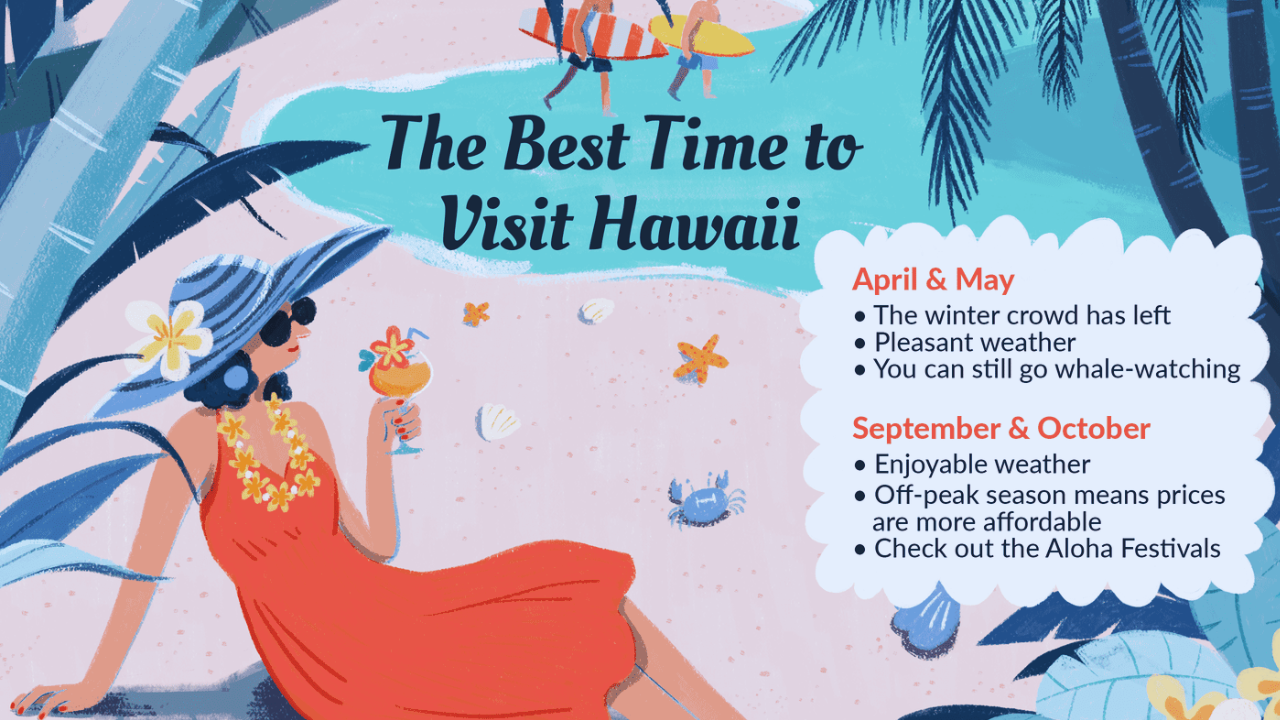
Hawaii, known for its tropical climate and breathtaking scenery, remains an ideal destination year-round. However, understanding its seasons can help you make the most of your trip. Generally, Hawaii experiences two main seasons: summer (kau) from May to October, and winter (hooilo) from November to April. Each season offers unique advantages, and your choice largely depends on your preferences and plans.
The summer months bask Hawaii in warm temperatures averaging between 75°F and 90°F (24°C to 32°C). This period is perfect for beachgoers, divers, and surfers looking to ride consistent waves. Weather conditions are generally sunnier and drier, though occasional trade winds may bring refreshing breezes. Peak tourist season coincides with summer, making popular sites busier and accommodation pricier. If you plan to visit during this time, advance bookings are essential.
In contrast, the winter season brings milder temperatures, ranging from 68°F to 80°F (20°C to 27°C), and increased rainfall, particularly on the windward sides of the islands. This period also marks Hawaii’s whale-watching season, particularly from January to March, when humpback whales migrate to the warm Hawaiian waters for breeding. For budget-conscious travelers, winter is considered off-peak, presenting an opportunity to enjoy relatively lower prices and fewer crowds, except during the holidays.
Special events can also influence the best time to visit Hawaii. For instance, the Merrie Monarch Festival in April celebrates Hawaiian culture through hula and leis, while the Aloha Festivals, held in September, showcases Hawaiian music, dance, and history across the islands. These events offer a deep dive into the rich heritage of the islands, making them ideal for cultural enthusiasts.
When planning your visit, consider these seasonal variations alongside personal preferences for activities and budget constraints. Whether you’re seeking sun-soaked beaches, marine adventures, or cultural experiences, understanding Hawaii’s seasons can enhance your travel itinerary and overall enjoyment of this tropical paradise.
Planning Your Itinerary
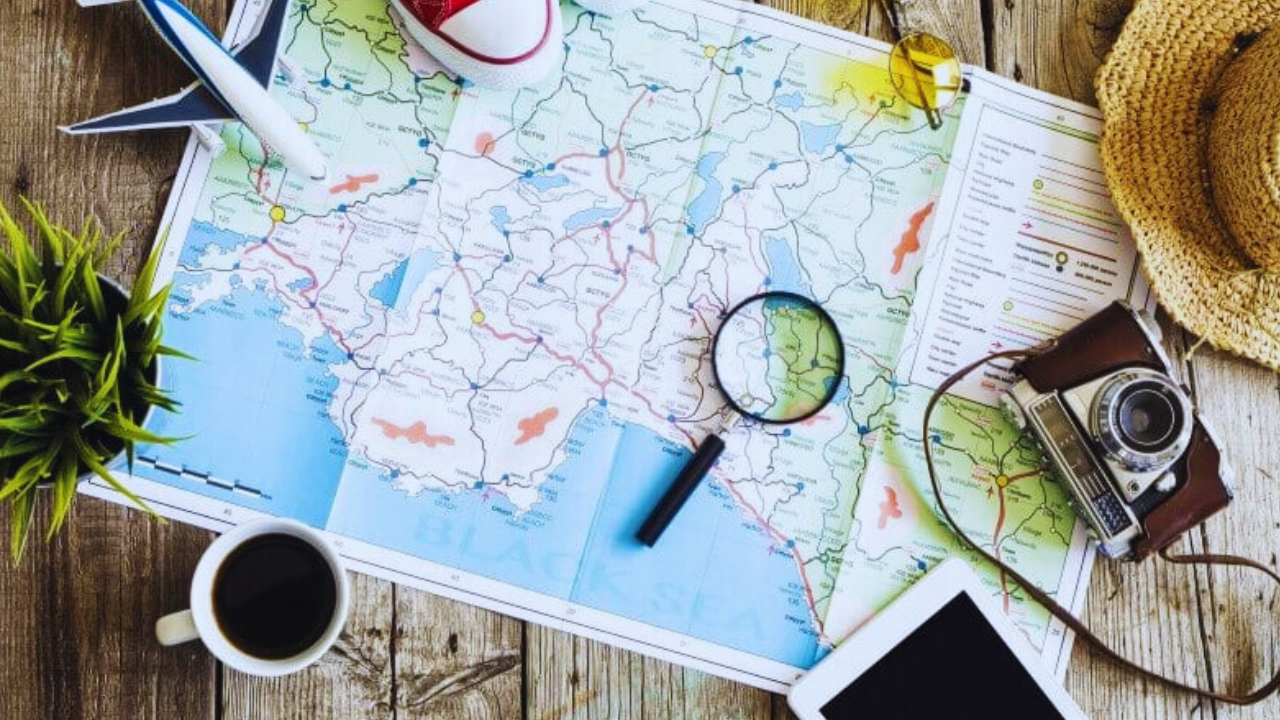
Crafting a well-rounded itinerary for Hawaii involves considering the diverse interests of travelers, including adventure seekers, families, honeymooners, and solo travelers. Each group will find unique experiences tailored to their preferences. Here, we provide a detailed guideline for planning a one-week itinerary that covers major islands such as Oahu, Maui, Kauai, and the Big Island, ensuring an enriching experience for every type of traveler.
For adventure seekers, we recommend starting on Oahu with a day spent exploring the North Shore, famous for its world-class surfing conditions and impressive waves. Davying into Oahu’s natural beauty, a hike up Diamond Head Crater offers panoramic views of Honolulu. Around midweek, hop over to Maui for snorkeling at Molokini Crater and witnessing the sunrise from Haleakalā National Park. Conclude your trip on the Big Island, where you can explore the diverse landscapes of Hawaii Volcanoes National Park and witness the lava flows.
Families might prefer a more relaxed pace. Start with a couple of days on Oahu, visiting the educational exhibits and interactive shows at the Polynesian Cultural Center, followed by a trip to the Honolulu Zoo. Spend the next few days in Maui enjoying the scenic Road to Hana drive, with its waterfalls and picturesque black sand beaches. Conclude the week in Kauai, ideal for kayaking along the Wailua River and exploring the lush Fern Grotto.
Honeymooners looking for romantic escapades should consider beginning with a stay on Oahu, unwinding at the luxurious Waikiki Beach resorts and dining at fine restaurants with ocean views. Spend a few days in Maui enjoying scenic beachfront sunsets and private wine tastings from local vineyards. The itinerary can culminate on Kauai’s tranquil and secluded beaches, perfect for a romantic stroll through the Na Pali coast.
Solo travelers can take advantage of the flexibility to explore at their own pace. Starting in Oahu, visit historic sites like Pearl Harbor and take surfing lessons at Waikiki Beach. Transition to Maui midweek for a bike ride down the Haleakalā volcano and a day trip to the artsy town of Paia. The journey can wrap up on the Big Island, exploring the unique biodiversity at Mauna Kea and enjoying the star-studded night sky from the observatory.
This sample itinerary ensures that regardless of your travel style—be it adventurous, family-oriented, romantic, or solo—Hawaii offers a multitude of unforgettable experiences spread across its breathtaking islands.
How to Get Around Hawaii
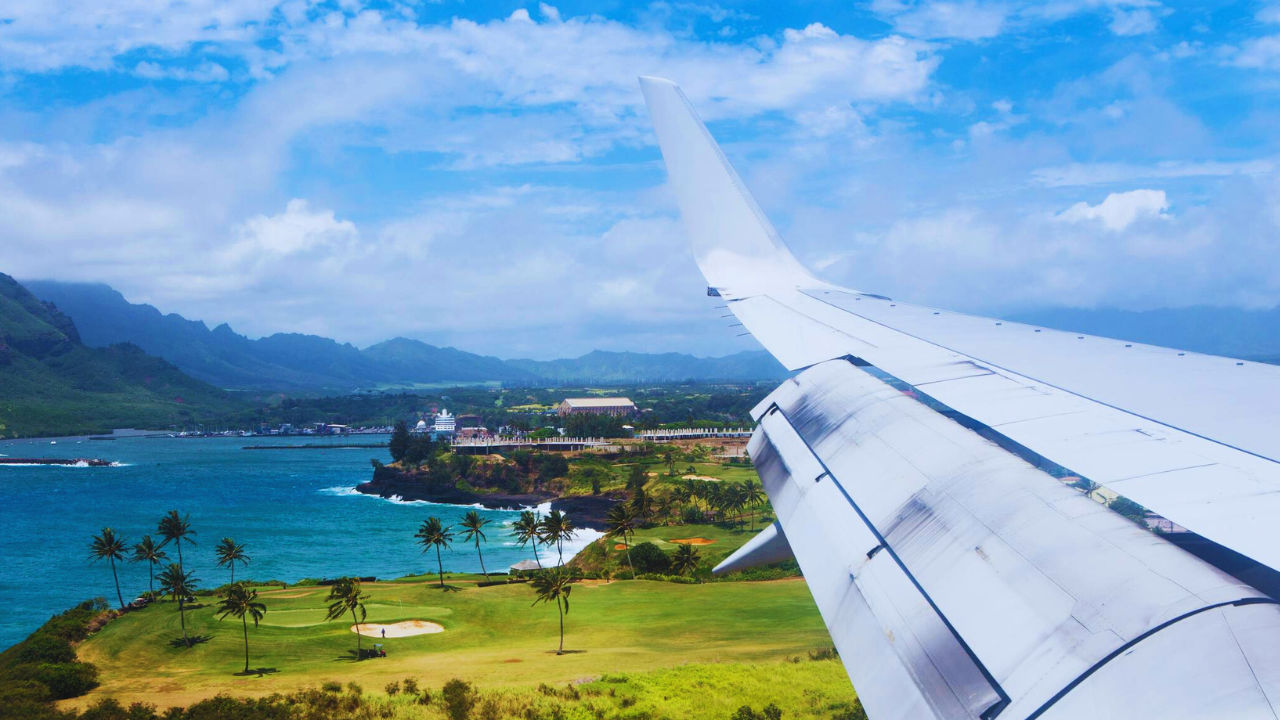
Navigating the scenic islands of Hawaii offers a variety of transportation options, each catering to different travel needs and preferences. One of the most popular and flexible means of getting around is by renting a car. Major rental agencies have a presence at airports and in larger towns across the islands, making it convenient to pick up and drop off vehicles as needed. A rental car provides the freedom to explore at your own pace, essential for visiting off-the-beaten-path locations and enjoying panoramic drives like the Hana Highway or the Saddle Road.
Public transportation presents an economical alternative, especially on Oahu, where TheBus system covers a comprehensive network throughout the island. The bus routes are reliable and extensive, although they might not cater to more remote locations. For inter-island transportation, flights are often the most practical choice, with multiple airlines offering frequent services between Oahu, Maui, Kauai, and the Big Island. Flights are relatively short, typically ranging from 30 minutes to an hour, making it easy to explore multiple islands during the same trip.
Ferries, although less common, operate primarily between the islands of Maui and Lanai or Molokai. These ferries provide a scenic and leisurely mode of travel, ideal for those not in a rush. When navigating Hawaiian roads, it is important to remember that local driving customs may differ from the mainland. Speed limits are generally lower, and road conditions can vary from well-paved highways to narrow, winding paths.
Understanding local traffic etiquette, such as the common practice of allowing pedestrians and other drivers to merge, can be crucial for a smooth driving experience. Selecting transportation methods based on your itinerary is key. While rental cars offer unparalleled convenience for extensive exploration, public transport and ferries provide budget-friendly and scenic options for select routes. Balancing these modes of transportation according to your needs will ensure a seamless and enjoyable Hawaiian adventure.“`html
Exploring the Islands: Oahu, Maui, Kauai, and the Big Island
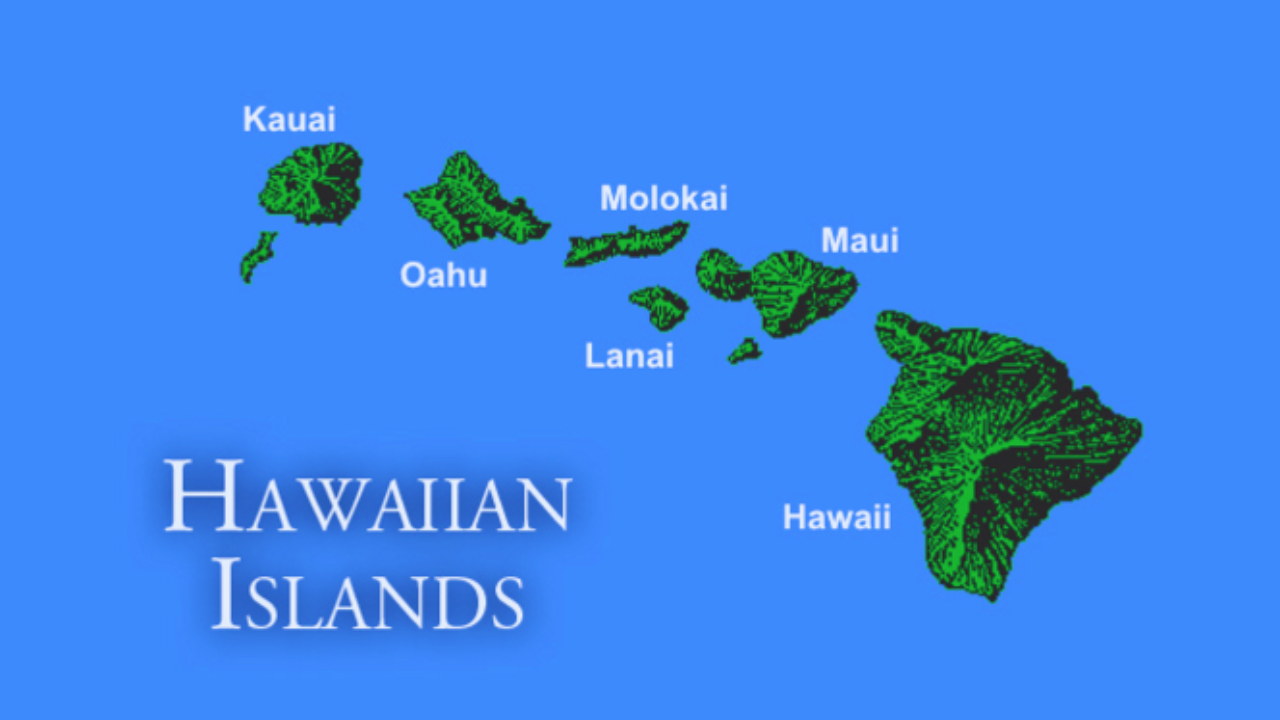
Hawaii’s allure lies not just in its picturesque beaches but in its diverse islands, each offering unique attractions and experiences. Understanding these differences can significantly enhance one’s travel experience. Let’s dive into what each of the main islands—Oahu, Maui, Kauai, and the Big Island—has to offer.
Oahu, known as “The Gathering Place,” blends metropolitan energy with natural beauty. In Honolulu, hike up Diamond Head for panoramic views, or visit the historic Pearl Harbor. Venture beyond the city to the North Shore, where surfers tackle some of the world’s most famous waves at Banzai Pipeline. For a deeper cultural immersion, attend a traditional luau, featuring Hawaiian music, dance, and cuisine.
Maui, often called “The Valley Isle,” is a haven for nature lovers and adventure seekers. The scenic drive along the Road to Hana offers breathtaking views of waterfalls, rainforests, and coastal cliffs. Don’t miss Haleakalā National Park, where sunrise views from the volcano’s summit are legendary. Explore the island’s agro-tourism by visiting a lavender farm or a pineapple plantation to understand local agriculture and taste fresh produce.
Kauai is the “Garden Isle,” renowned for its lush landscapes and tranquil vibe. Hike the challenging trails of Nā Pali Coast State Park for unparalleled views, or kayak along the Wailua River to discover hidden waterfalls. Waimea Canyon, often called the Grand Canyon of the Pacific, provides spectacular vistas with its reddish hue. For a quieter exploration, the island’s small towns like Hanapepe offer charming galleries and local crafts.
The Big Island—officially named Hawai’i—offers diverse ecosystems, from volcanic landscapes to black sand beaches. Explore Hawai’i Volcanoes National Park, where you can witness the otherworldly scenes of active volcanoes. Snorkeling in the crystal-clear waters of Kealakekua Bay provides encounters with vibrant marine life. History enthusiasts can visit Pu’uhonua o Hōnaunau National Historical Park to learn about ancient Hawaiian culture and traditions.
Each island has its unique charm, inviting travelers to explore beyond tourist hubs and uncover Hawaii’s hidden gems, ensuring a truly enriching experience.“`
Accommodation Options

When planning your trip to Hawaii, selecting the right lodging tailored to your travel style and budget is crucial. The islands offer a diverse range of accommodations, from opulent resorts and charming boutique hotels to economical hostels and versatile vacation rentals. Understanding the options available on each island can enhance your Hawaiian experience.
Luxury resorts in Hawaii set the gold standard for indulgent experiences. Visitors can find all-inclusive packages, lavish amenities, and beachfront locations on islands like Maui and Oahu. Recognized names such as Four Seasons and The Ritz-Carlton boast many properties equipped with spas, golf courses, and exquisite dining options. These resorts often cater to honeymooners or those seeking a pampered retreat.
For travelers preferring a blend of elegance and character, boutique hotels provide a refined yet intimate atmosphere. Honolulu and Lahaina house some of the most celebrated boutique accommodations, blending local culture with personalized service. These establishments often reflect the unique spirit of their locales, featuring local art and cuisine in a more intimate setting than their larger counterparts.
Budget-conscious travelers will find hostels and economical hotels scattered throughout the islands. Honolulu’s Waikiki is famous for providing a variety of budget-friendly options without sacrificing proximity to iconic beaches and sites. Similarly, Haleiwa on the North Shore offers a more laid-back vibe with affordable accommodations that don’t skimp on comfort or convenience.
Vacation rentals present an appealing alternative for families or those desiring a homely environment. Platforms like Airbnb and VRBO offer properties ranging from oceanfront homes to cozy apartments, providing flexibility in cost and size. Kauai and the Big Island notably feature numerous vacation rental options, making them ideal for group travel or extended stays.
In summary, Hawaii’s diverse lodging landscape ensures that every traveler—from luxury seekers and romantic couples to budget trekkers and family groups—finds the perfect place to call home during their Polynesian adventure. Carefully considering which island and type of accommodation align with your travel aspirations will pave the way for an unforgettable Hawaiian journey.
Food and Dining Experiences
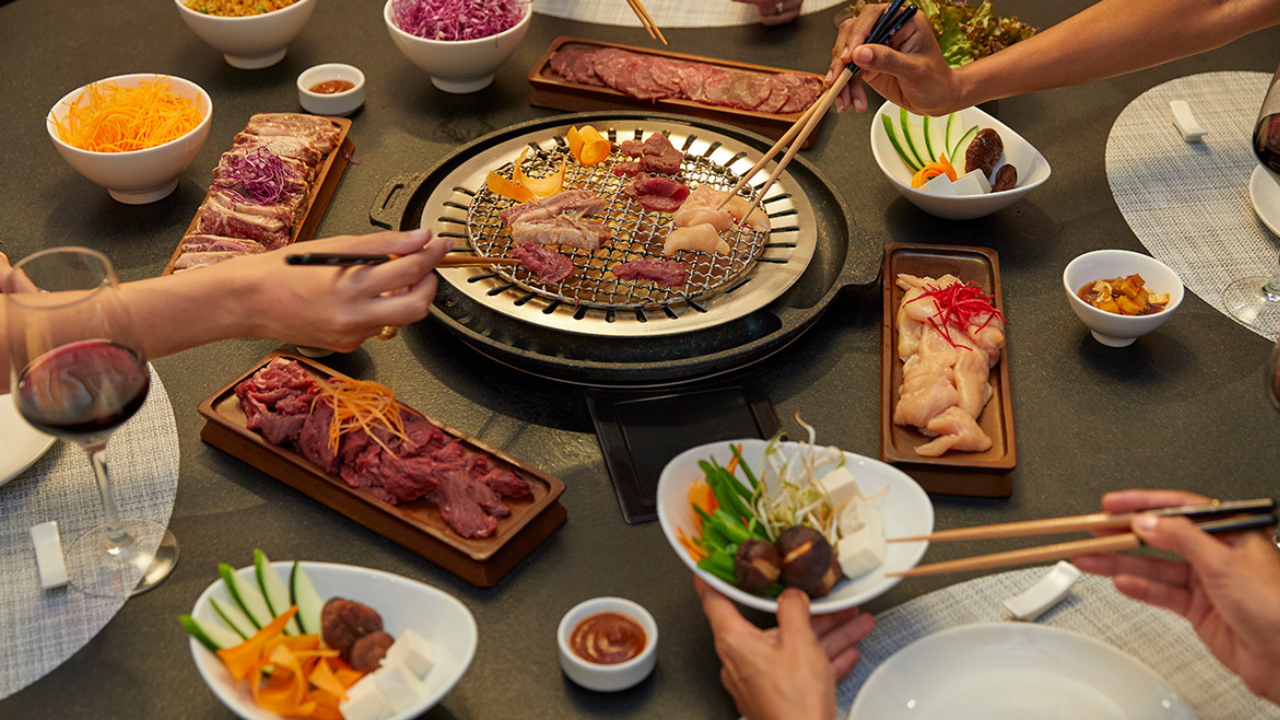
Hawaii’s cuisine is a vibrant fusion of diverse cultural influences, offering a gastronomic adventure for every palate. Traditional Hawaiian dishes are a testament to the archipelago’s rich heritage and should not be missed. Staples such as poke, a raw fish salad marinated with soy sauce and sesame oil, and laulau, a dish of pork wrapped in taro leaves and steamed to tender perfection, are essential highlights of the local culinary scene.
For those with an adventurous palate, sampling the distinctly Hawaiian plate lunch—a hearty meal that typically includes rice, macaroni salad, and an entrée like kalua pork or loco moco—is a must. Alongside these traditional dishes, Hawaii’s dining landscape includes a flavor-packed variety of must-try local foods such as spam musubi, shave ice, and malasadas.
When it comes to dining locations, Hawaii boasts a range of options that cater to various tastes and budgets. For a luxurious culinary experience, fine dining establishments like Merriman’s, Alan Wong’s Honolulu, and Mamas Fish House offer exquisite meals prepared with locally-sourced ingredients. These restaurants provide an upscale atmosphere perfect for celebrating special occasions.
On the more casual side, iconic eateries such as Helena’s Hawaiian Food and Rainbow Drive-In serve authentic local favorites that capture the essence of Hawaiian comfort food. Likewise, the island’s food truck culture is thriving, with purveyors like Giovanni’s Shrimp Truck and Leonard’s Bakery on wheels delivering scrumptious fare that is beloved by both locals and visitors.
Local markets such as the KCC Farmers’ Market in Oahu provide an excellent opportunity to explore fresh, organic produce and homemade goods while supporting local farmers. These markets often feature unique culinary offerings ranging from tropical fruits like lychee and rambutan to freshly caught seafood.
For travelers with dietary preferences and food allergies, Hawaii presents numerous accommodating options. Most dining establishments are mindful of dietary needs, offering gluten-free, vegetarian, and vegan choices. It is advisable, however, to notify your server of any allergies to ensure a safe and enjoyable dining experience.
Tips for a Responsible and Safe Trip
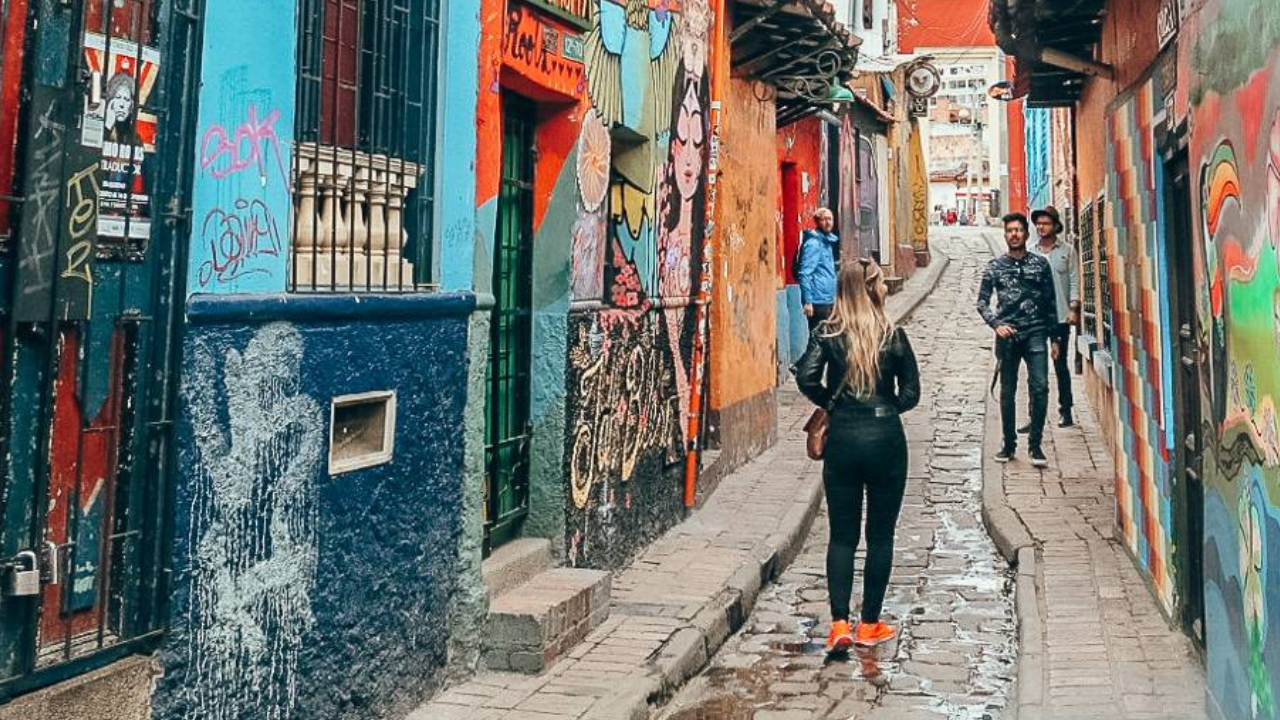
Traveling to Hawaii is an extraordinary experience, but it is crucial to approach your trip with responsibility and safety in mind. Respecting local customs and traditions is a fundamental aspect of being a responsible tourist. Hawaiians take great pride in their cultural heritage; therefore, travelers should make an effort to learn about Hawaiian history and social norms. This includes participating in local customs respectfully and being mindful of sacred sites, ensuring to follow guidelines provided when visiting such places.
Environmental preservation is another critical aspect of responsible tourism in Hawaii. The islands boast some of the world’s most beautiful natural landscapes, and it is everyone’s duty to help protect them. Simple actions like avoiding single-use plastics, disposing of trash properly, and using reef-safe sunscreens are effective ways to contribute. When snorkeling, refrain from touching coral reefs as they are delicate ecosystems vital to marine life. While hiking, always stay on marked trails to prevent damage to native vegetation and wildlife habitats.
Safety is paramount, especially when engaging in outdoor activities. Hawaii’s natural beauty often includes inherent risks that need to be navigated carefully. Before hiking, always check trail conditions and weather forecasts, and inform someone of your plans. Carry sufficient water, and never venture alone into isolated areas. For snorkeling or surfing, only choose locations within your skill level, and be wary of ocean currents. Adhering to local advisories and guidelines can significantly reduce the risks involved in these activities.
By implementing these responsible travel practices, tourists can enjoy the splendor of Hawaii while ensuring their actions do not harm the environment or disrespect the local community. Sustainable tourism is paramount to maintaining Hawaii’s natural beauty for future generations to appreciate and experience.
Conclusion
Hawaii offers an unparalleled blend of natural beauty, rich culture, and unforgettable experiences, making it a top destination for travelers worldwide. By familiarizing yourself with essential Hawaii travel information—from understanding local customs to planning activities—you can ensure a smooth and enjoyable trip. Whether you’re hiking volcanic landscapes, relaxing on pristine beaches, or exploring vibrant local markets, being well-prepared allows you to fully immerse yourself in the unique charm of the islands. Pack your bags with confidence, embrace the aloha spirit, and get ready to create memories that will last a lifetime.

